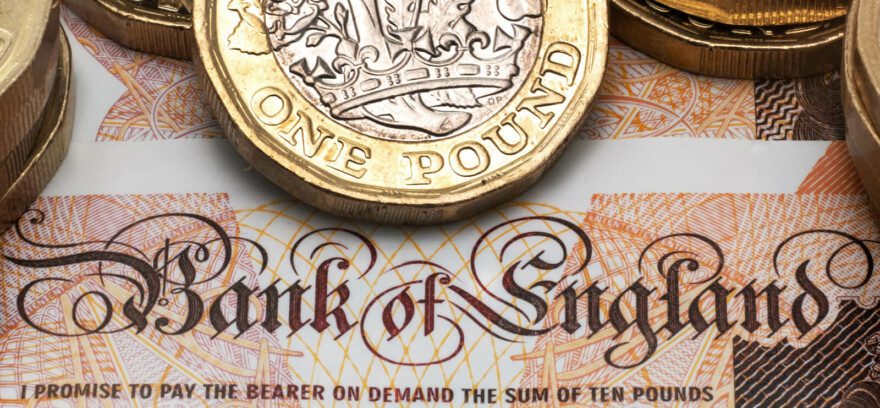UK markets rose this week, with the FTSE 100 Index gaining 2.8% to trade at 7,250 points at the time of writing.
The Bank of England raised its benchmark interest rate by 0.75% on Thursday to 3%, the largest single rate increase since Black Wednesday in 1992, but signalled that borrowing costs would not rise in the future by as much as markets expect.
If lenders eventually pass on Thursday’s rise to their standard variable-rate borrowers, it would mean an extra £5,076 in additional annual mortgage payments for someone with a £250,000 mortgage compared with December last year.
The UK central bank warned that the outlook was very challenging, and forecast a long recession ahead, issuing unusually strong guidance that interest rates would not need to rise much further to bring inflation back to its 2% target.
The Governor of the Bank of England, Andrew Bailey, and his officials expect inflation to fall to zero by 2025, and analysts at Berenberg Bank are forecasting only one more rate rise to 3.5%.
The British Pound traded just over $1.12 on Friday and is headed for an approximately 3% decline, as investors rushed to the US Dollar due to a more hawkish Federal Reserve stance. The new UK government is now discussing tax and spending plans ahead of an economic statement planned for November 17th.
Commodity markets
In the commodity markets, Brent crude futures traded around $97 per barrel on Friday and are heading towards the highest levels in over three weeks, as a tightening supply outlook outweighed fears of a global economic slowdown.
Investors worried about tight oil markets ahead of winter, with OPEC+ implementing large output cuts from this month, while the European Union ban on Russian oil is set to take effect in December.
Gold traded around $1,650 on Friday, remaining under pressure from a strong Dollar and rising treasury yields after the US Federal Reserve delivered its fourth straight 0.75% rate hike. A general rise in interest rates continues to increase the opportunity cost of holding non-yielding bullion.
China
In China, the Shanghai Composite and the Shenzhen Component benchmarks posted sharp weekly gains rising 5.31% and 7.55% respectively, amid growing pressure on authorities to end the strict Zero Covid policy.
Investors are now looking ahead to a string of meetings in China, focusing on a key party meeting scheduled in early December, where the newly reshuffled leadership will lay out the country’s future economic policy.
US equity markets
US equity futures rose on Friday, as investors prepared for a key US jobs report that could offer fresh clues on the pace of future rate hikes from the Federal Reserve. In Thursday’s regular trading session, the Dow Jones Industrial Average fell 0.46%, the S&P 500 lost 1.06% and the Nasdaq Composite dropped 1.73%, with US stocks falling for the fourth straight day.
These moves came after Federal Reserve Chair Jerome Powell warned that US interest rates would peak at a higher level than expected, even as he held out the possibility of the US central bank slowing the pace of its campaign to tighten monetary policy.
After the Federal Reserve increased its benchmark interest rate by 0.75% on Wednesday, Powell warned the Federal Reserve had some ways to go in its quest to tame soaring prices, and pointed to a string of economic reports suggesting it has yet to make progress with bringing down inflation.
The October jobs report could signal how the economy has been holding up so far, and how much work the Federal Reserve has ahead of it to deal with inflation.
The information provided in this communication is not advice or a personal recommendation, and you should not make any investment decisions on the basis of it. If you are unsure of whether an investment is right for you, please seek advice. If you choose to invest, your capital may be at risk and the value of an investment may fall as well as rise in value, so you could get back less than you originally invested.
